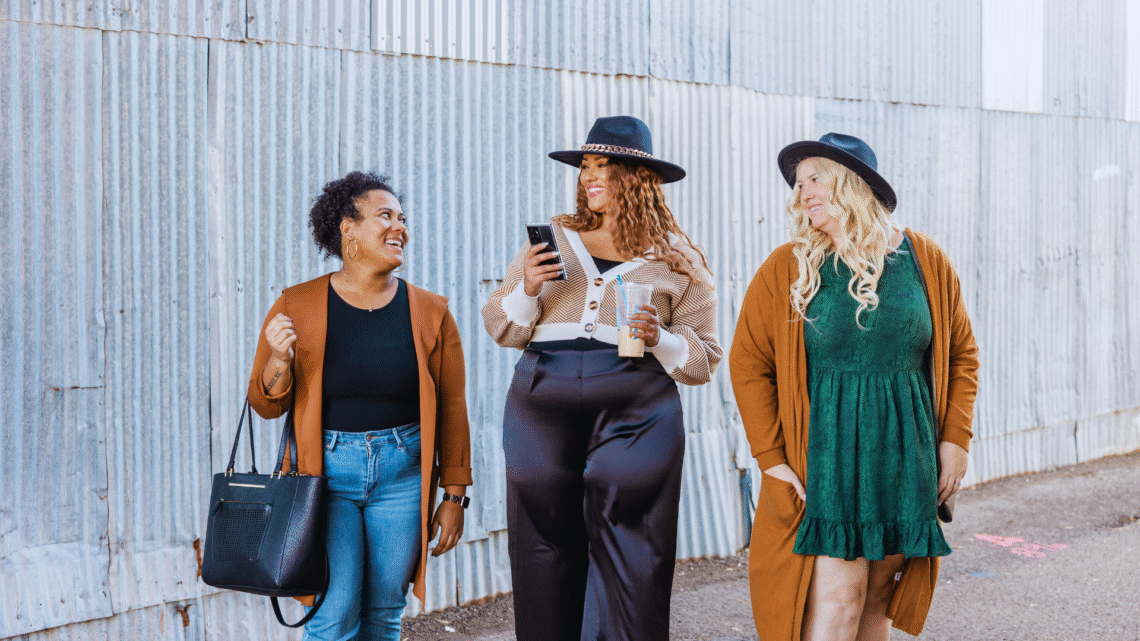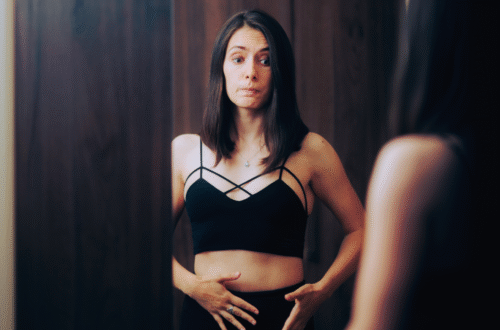
How Fashion Promotes Body Positivity Through Diverse Representation and Inclusive Sizing
The fashion industry plays a crucial role in shaping societal standards of beauty and self-acceptance. As brands increasingly prioritize inclusivity and representation, they contribute to a culture that celebrates all body types. This shift promotes body positivity by encouraging individuals to embrace their uniqueness and recognize that beauty is not limited to conventional ideals.
Through diverse marketing campaigns and the use of models of various shapes, sizes, and backgrounds, fashion brands challenge traditional norms and advocate for self-love. This representation influences how people perceive themselves and one another, fostering a sense of community and acceptance. As a result, shoppers feel empowered to express their identity through their clothing choices.
By embracing body positivity, the fashion industry not only benefits consumers but also drives social change. It challenges stereotypes and inspires individuals to feel confident in their own skin, regardless of how they fit into the narrow definitions of beauty that have long dominated the market.
The Rise of Body Positivity in Fashion
Body positivity has gained significant traction in the fashion industry, promoting acceptance of diverse body types and challenging traditional beauty standards. This movement addresses historical beauty ideals and represents a shift towards inclusivity in design, marketing, and representation.
Historical Context and Modern Shifts
Traditionally, fashion-centered around narrow beauty ideals that often marginalized individuals who did not fit specific molds. The late 20th century saw a gradual shift as some brands began to diversify their size offerings.
In recent years, the rise of social media amplified voices advocating for body positivity. Influencers and activists highlighted the disparities in representation, leading to brands reassessing their marketing strategies. Fashion campaigns now often feature models of various sizes, ages, and backgrounds, significantly changing consumer perceptions.
Influence of Body Positivity Movement
The body positivity movement has profoundly influenced fashion marketing and design. It encourages brands to embrace a broader spectrum of body types and promotes the idea that beauty is not confined to a specific size.
Many companies have adopted more inclusive sizing and are showcasing diverse models in their advertisements. The shift is evident in runway shows and campaigns that celebrate all bodies, challenging the traditional criteria that once dominated the industry.
Initiatives like inclusive fashion lines and awareness campaigns have empowered consumers to demand representation. As a result, the fashion industry is evolving, moving towards a more accepting approach that aligns with modern societal values surrounding body image.
Fashion Brands Championing Inclusivity
Many fashion brands actively promote inclusivity through diverse sizing, representation, and sustainable options. This shift reflects a growing recognition of body positivity and the need for a broader range of choices in the industry.
Prominent Brands Advocating for Diversity
Aerie has made significant strides in promoting body positivity by featuring unretouched photos of models and offering a wide range of sizes. Their commitment to inclusivity resonates with consumers who seek authenticity in fashion.
ASOS stands out with its extensive plus-size section, offering trendy items up to sizes 28. Their diverse range highlights different body types, catering to a broader audience while encouraging self-acceptance.
Other brands, such as Savage X Fenty, embrace inclusivity by showcasing models of all sizes, ethnicities, and genders in their campaigns. This approach has transformed the perception of beauty in fashion and empowered individuals to celebrate their bodies.
Impact of Inclusive Fashion Lines
The rise of inclusive fashion lines has significantly impacted consumer purchasing behavior. Many shoppers prioritize brands that uphold values of diversity and authenticity, opting for those that represent a variety of bodies and experiences.
Sustainable fashion brands are increasingly incorporating inclusive sizing, recognizing the interconnectedness of body positivity and environmental responsibility. By offering stylish sustainable options in various sizes, these brands cater to conscious consumers who value both ethical practices and representation.
Moreover, inclusive fashion fosters community building. Customers feel a sense of belonging when brands champion diversity, leading to increased brand loyalty. This shift encourages other companies to reevaluate their practices and adopt more inclusive strategies.
Social Media’s Role in Promoting Body Positivity
Social media platforms have become vital spaces for promoting body positivity. They foster community engagement through user-generated content and the growing influence of diverse models and influencers.
User-generated content and Body Positivity Campaigns
User-generated content plays a significant role in body positivity movements across social media. Individuals share personal stories, photos, and experiences related to self-acceptance. This content often resonates deeply, fostering a sense of community among followers.
Body positivity campaigns leverage platforms like Instagram and TikTok to challenge conventional beauty standards. Hashtags such as #BodyPositivity and #EffYourBeautyStandards gather vast amounts of content that showcase a range of body types and encourage others to participate. Users find support through likes, comments, and shares, reinforcing a culture of acceptance and inclusivity.
Social Media Influencers and Diverse Representation
Social media influencers have a powerful impact on body positivity by promoting diverse representation. Influencers from various backgrounds showcase their bodies in an authentic manner. This visibility encourages followers to embrace their uniqueness.
Many brands partner with diverse models to challenge traditional beauty norms. This collaboration is a crucial part of marketing strategies aimed at inclusivity. When influencers and brands highlight body diversity, they can significantly shift public perceptions and inspire self-acceptance among their audiences.
Overall, the synergy between user-generated content and influential voices on social media creates an effective platform for promoting body positivity and challenging societal standards.
Challenges and Criticisms of Body Positivity in Fashion
The body positivity movement in fashion faces significant challenges and criticisms. Key issues include the influence of commercialism on representation and the ongoing debate surrounding fast fashion and sustainability.
Navigating Commercialism and Authentic Representation
Many brands adopt body positivity messaging as a marketing strategy, which can dilute the authentic representation of nonnormative bodies. This practice focuses on profit rather than genuine support for diversity.
When advertising touts inclusivity while still conforming to traditional beauty standards, it risks alienating those who seek real change. Consumers may feel misled if the models they see in campaigns do not reflect the diversity of everyday people.
Furthermore, brands often prioritize certain body types over others, leaving some individuals feeling excluded. Authentic representation goes beyond superficial inclusion; it demands a shift in how bodies are celebrated across all platforms.
The Debate Over Fast Fashion and Sustainability
Fast fashion presents serious conflicts with the body positivity ethos. While it offers affordable fashion options, the industry is often criticized for its environmental impact and labor practices.
Sustainable fashion advocates argue that promoting body positivity through fast fashion can perpetuate wasteful consumer habits. This undermines the movement’s goal of encouraging self-acceptance rather than fostering a cycle of endless consumption.
Additionally, the emphasis on accessibility can overshadow the need for longevity in clothing. Encouraging the purchase of trendy pieces leads to a short-lived sense of satisfaction, which contradicts the deeper values of body positivity focused on self-worth and personal style.
Navigating these complexities remains a challenge for brands that wish to authentically support the movement.



